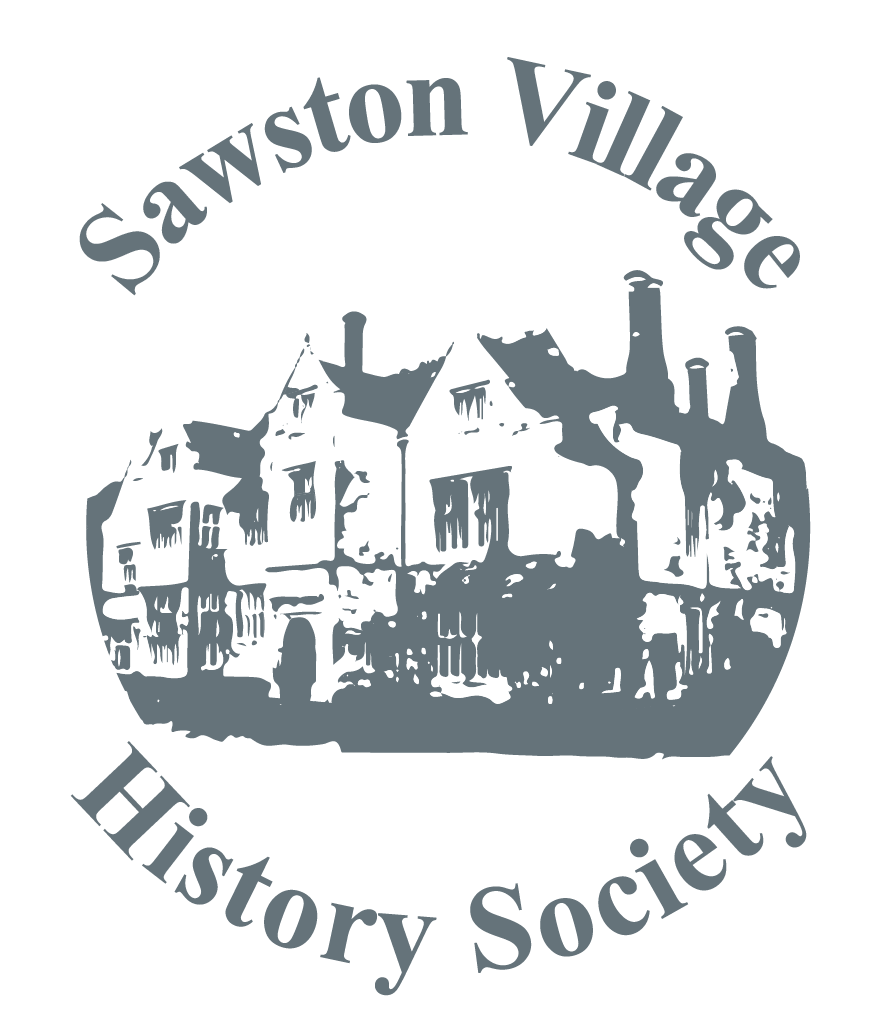
Our July meeting, as usual, was an outing to a place of local interest. This time, on what could be called a Wandlebury wander, we were very fortunate to have a lovely warm and dry summer evening for a guided tour of the Wandlebury Country Park and Nature Reserve with the Head Ranger, Jon Gibbs.
This beautiful 110acre park and woodland is owned by the Cambridgeshire Preservation Society who also own and manage the Bourn and Hinxton mills and the Stourbridge Leper Chapel in Newmarket Road. Jon explained that the CPS acquired Wandlebury in 1954 from the then owner, Terence Grey (whose fascinating biography, “Only by Failure” by Paul Cornwell of Shelford has recently been published) who donated the grounds and buildings within the Ring.
Inevitably our walk started along the atmospheric wooded ring ditch enclosed within banks of around 4m high on both sides. Jon explained that this was, unusually, almost a perfect circle, close to 300m in diameter and constructed around 400BC with an entrance on the E side. At that time the site would have been treeless. Around 50BC a 2nd inner ring was built. However, the main settlement appeared to be outside the ring on the S slope of the Hill (facing Sawston and probably in sight of the Sawston hill fort ). There is strong evidence of Roman occupation around the eastern entrance and the site of the Gog Magog House. Later the Saxons used the ring as a moot, a meeting place for leaders of the Hundreds which bordered this area. They also gave it the name “Wendlesbiri”. In about 1685 a racing stable was built for King James II racing horses and a little later the site was acquired by the 2nd Earl of Godolphin who enlarged the stables and built a large house and garden. Sadly the inner rampart and ditch was levelled. Godolphin was responsible for breeding the famous Arabian racing horses. It is believed that one of these, called The Godolphin Arabian, is the direct ancestor of nearly all the present day racing horses and it is rumoured that he is buried underneath the cobbled yard of the old stable block.
Now, only the stables remain, as the house was demolished in 1955, and have been converted into 12 apartments, some of which are privately owned and occasionally offered for sale when inevitably they are snapped up very quickly. Recently, close to the site of the house, an ancient oak granary from Tadlow, dated c 1415 was re-erected and restored and is sometimes used for exhibitions.
The south facing slope, opposite the stables is where the famous Cambridge archaeologist, T C Lethbridge in 1955 carried out his survey with steel rods which he used to gauge the thickness of the soil above the hard chalk. He was convinced that there was an ancient hill figure inscribed on this slope which he set about trying to locate with steel probes which he inserted at fixed intervals within a grid, noting the depth of penetration. From this he claimed that he could discern a treble breasted goddess, a chariot and a figure wielding a sword. He suggested that the medieval drawing on one of the columns in St Mary’s Church in Sawston was a depiction of what could be seen from there in the 14th century. While creating quite a lot of interest nationally contemporary archaeologists and historians are mostly very scornful.
During the guided walk we were able to see Ely cathedral from the viewpoint on the NE side, by the golf course. Evidence of the considerable amount of conservation work being carried out to encourage wildlife include recently formed hedgerows to give “green corridors” linking wooded areas and a newly planted wooded area called Clark's corner after the previous warden, Bill Clark. Bats are also encouraged in some recently discovered tunnelling and in the granary.
The tour finished with a welcome cuppa in the information centre where school groups can learn at first hand about all aspects of conservation from the numerous very informative displays and posters. Our thanks to Jon for providing such an interesting and informative tour.